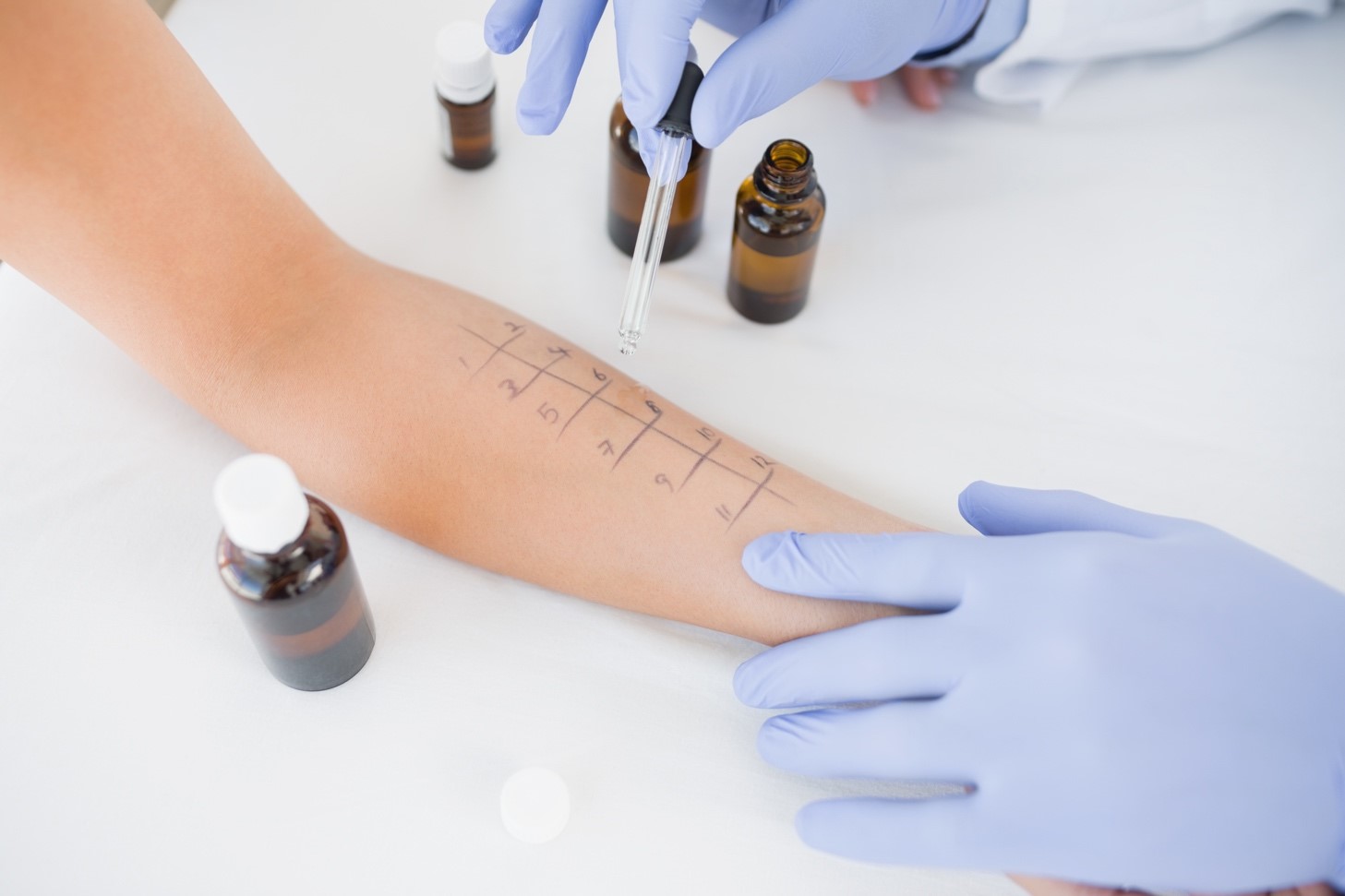Accurate diagnosis is crucial for receiving the right treatment and minimizing symptoms. One of the most widely used allergy testing methods is the prick test, which is quick, simple, and provides highly accurate results.

During autumn, allergic complaints are particularly frequent, as ragweed and other weed pollens may still be present in the air. Below, we provide a detailed overview of what the prick test is, when it is needed, and which types of allergies it can detect.
What is a Prick Test?
The prick test is a skin test used to trigger allergic reactions and identify the substances causing the allergy. During the test, various allergens—such as pollens, animal dander, or food substances—are applied to the surface of the skin. A small prick is then made to allow the allergens to penetrate under the skin. If the person is sensitive to a specific allergen, redness, itching, or swelling will appear at the test site within minutes, indicating a positive allergic reaction.
When is it Recommended to Perform the Test?
- Recurrent runny nose, nasal congestion, or sneezing unrelated to a cold.
- Eye itching or tearing, occurring seasonally or in specific situations.
- Breathing difficulties, wheezing, or coughing, which may suggest an allergy.
- Skin itching, rashes, or eczema potentially linked to allergies.
- Gastrointestinal issues or skin reactions after consuming certain foods.
How is the Test Conducted?
The test is usually performed by an allergist or dermatologist and involves the following steps:
- Preparation: The skin on the forearm or back is cleaned and disinfected.
- Application of Allergens: The doctor applies small drops of allergens to the skin surface.
- Pricking: A small needle or special tool is used to prick the skin, allowing the allergen to penetrate the outer layers.
- Observation: After 15-20 minutes, the skin is examined for reactions (redness, swelling), which are then evaluated.
The procedure involves minimal discomfort, and results are available immediately.
What Allergies Can It Detect?
The prick test is widely used to detect various allergens, including:
- Inhaled Allergens:
- Pollens from trees, grasses, and weeds (e.g., birch, ragweed, hazel).
- House dust mites.
- Molds.
- Animal dander and hair (e.g., dog, cat).
- Food Allergens:
- Milk, eggs, soy, peanuts, tree nuts, fish, and shellfish.
- Other less common foods if suspected.
- Contact Allergens:
- Certain chemicals or metals (e.g., nickel, latex).
When is the Test Not Recommended?
Although the test is safe, there are cases where it may not be advised:
- Severe skin conditions like active eczema or psoriasis, as these can affect the results.
- If the patient is taking antihistamines, steroids, or other anti-allergy medications that might distort the reactions.
- For individuals prone to severe allergic reactions, the doctor may recommend alternative testing methods, such as a blood test.
If the prick test yields a positive result, the doctor may suggest further testing for a precise diagnosis. Once the allergen is identified, a treatment plan can be devised, including allergen avoidance, medication, or immunotherapy.
The Prick Test Can Be Performed Without a Referral
Overall, the prick test is an effective and fast method for identifying allergies, helping to uncover the causes of symptoms. Particularly in autumn, when pollen allergies may still persist, it is worth considering this test. Contact our staff with any questions regarding the tests!
Feel free to reach out to the specialists at UD YouMED!